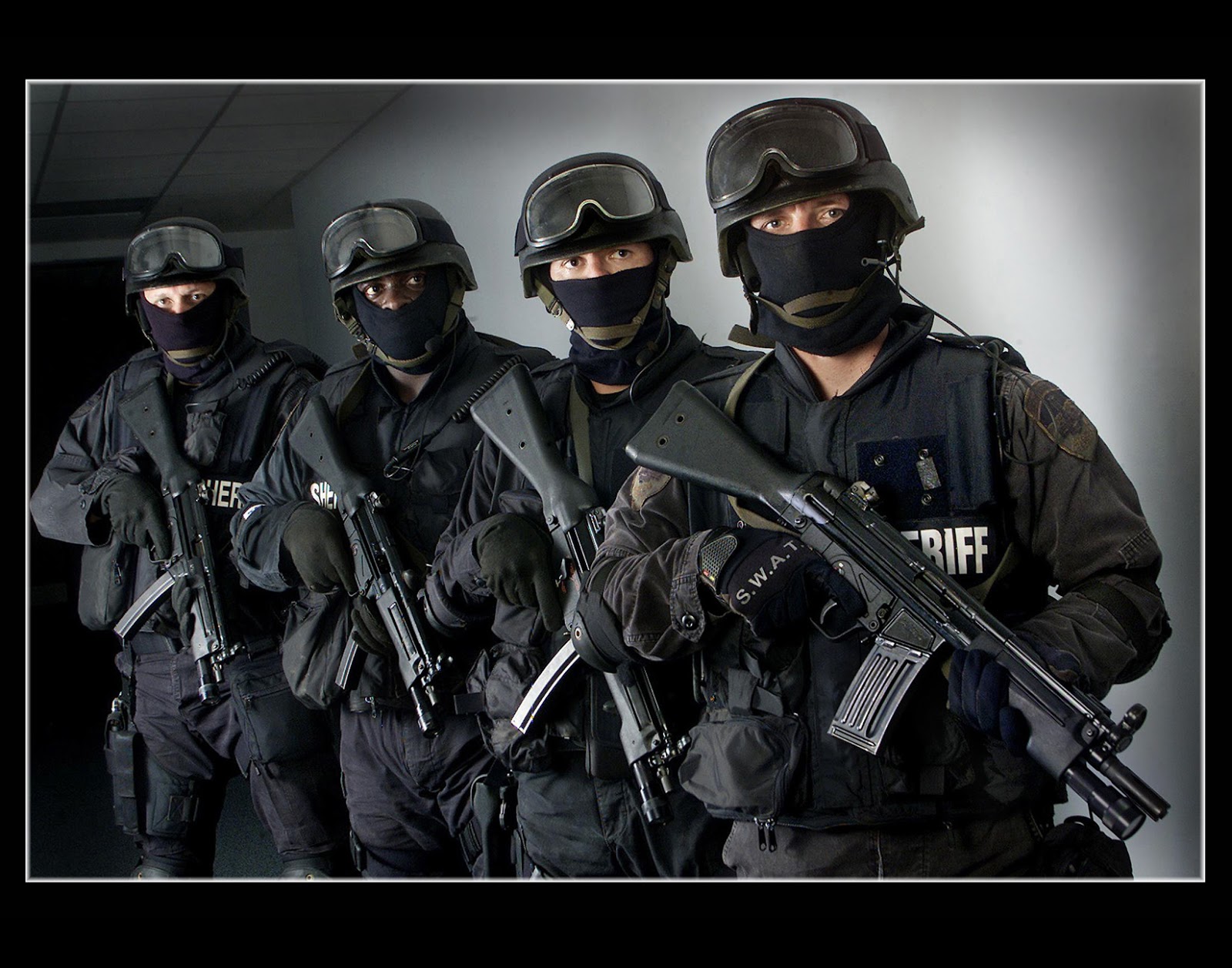Understanding SWAT: A Comprehensive Guide To Special Weapons And Tactics
SWAT, or Special Weapons and Tactics, is a specialized unit within law enforcement agencies designed to handle high-risk operations that require advanced tactics and equipment. This article will delve into the intricacies of SWAT teams, their history, functions, and the rigorous training they undergo to effectively serve and protect communities. Whether you are a law enforcement enthusiast or simply curious about this elite unit, this comprehensive guide aims to provide valuable insights into the world of SWAT.
In the following sections, we will explore the origins of SWAT, the various roles and responsibilities of a SWAT team, the equipment they utilize, and the importance of community relations. Additionally, we will discuss the challenges faced by these units in modern policing and how they adapt to evolving threats. By the end of this article, you will have a well-rounded understanding of what SWAT is and why it plays a crucial role in public safety.
As we embark on this journey, we invite you to engage with the content, share your thoughts, and explore further articles on related topics. Let’s dive into the fascinating world of SWAT!
Table of Contents
- The History of SWAT
- Roles and Responsibilities of SWAT Teams
- Training and Preparation for SWAT Members
- SWAT Equipment: Tools of the Trade
- Community Relations and SWAT
- Challenges Faced by SWAT Teams
- Notable SWAT Operations
- The Future of SWAT in Policing
The History of SWAT
The inception of SWAT can be traced back to the late 1960s, during a time of civil unrest and increasing violent crime in the United States. The Los Angeles Police Department (LAPD) was the first to establish a special weapons unit in 1967, aimed at addressing the rising threats posed by heavily armed criminals.
Over the years, the need for specialized units grew, leading to the formation of similar teams across various law enforcement agencies nationwide. The term "SWAT" became synonymous with tactical response units, and their presence has expanded internationally, adapting to the unique challenges faced by different countries and communities.
Key Milestones in SWAT History
- 1967: LAPD forms the first SWAT team.
- 1972: The Munich Olympics hostage crisis highlights the need for specialized tactical units.
- 1980s: SWAT teams gain popularity and are widely adopted across the U.S.
- 2001: Post-9/11, SWAT teams take on counter-terrorism roles.
Roles and Responsibilities of SWAT Teams
SWAT teams are deployed in high-risk situations that conventional law enforcement units may not be equipped to handle. Their primary roles include, but are not limited to:
- Hostage rescue operations
- Counter-terrorism missions
- High-risk warrant executions
- Dealing with armed suspects
Each operation requires a carefully coordinated effort among team members, utilizing specialized training and equipment to ensure the safety of both officers and civilians.
Types of SWAT Operations
Some common types of operations conducted by SWAT teams include:
- Barricaded suspect situations
- Active shooter incidents
- Drug raids and gang-related activities
Training and Preparation for SWAT Members
Training is a critical aspect of SWAT operations. Members undergo extensive physical and tactical training to prepare for the high-stress scenarios they may encounter. Typical training includes:
- Firearms proficiency and tactical shooting
- Close-quarters combat
- Hostage negotiation techniques
- Team tactics and communication
In addition to physical training, psychological resilience is also emphasized to help officers cope with the intense pressures of their duties.
SWAT Equipment: Tools of the Trade
SWAT teams are equipped with specialized tools and technology to enhance their effectiveness during operations. Some essential equipment includes:
- Rifles and submachine guns
- Ballistic shields
- Night vision goggles
- Explosive breaching tools
Each piece of equipment is chosen based on the specific demands of the mission, ensuring that SWAT teams can respond effectively to any situation.
Community Relations and SWAT
Building trust and maintaining a positive relationship with the community is vital for SWAT teams. Engaging in community outreach programs helps to foster understanding and cooperation between law enforcement and citizens. Initiatives may include:
- Educational workshops on safety and crime prevention
- Community policing events
- Transparency in operations and accountability measures
Challenges Faced by SWAT Teams
Despite their essential role, SWAT teams face numerous challenges in modern policing. These may include:
- Public perception and scrutiny
- Resource allocation and funding
- Adapting to new threats, such as cybercrime and domestic terrorism
Notable SWAT Operations
Throughout history, several high-profile operations have showcased the skills and bravery of SWAT teams. These operations often serve as case studies for tactical training and community relations.
The Future of SWAT in Policing
As society evolves, so too must the approach of SWAT teams. Future trends may include increased emphasis on de-escalation tactics, mental health training, and community engagement strategies. By adapting to the changing landscape of law enforcement, SWAT teams can continue to serve their communities effectively.
Conclusion
In summary, SWAT teams play a critical role in addressing high-risk situations that threaten public safety. From their historical origins to their current operations, the expertise, authority, and trustworthiness of these units are paramount in maintaining order and protecting citizens. We encourage you to share your thoughts on this topic, leave comments, and explore more articles related to law enforcement and public safety.
Final Thoughts
Thank you for taking the time to learn about SWAT and its significance in modern policing. We hope this article has provided you with valuable insights and encourages you to return for more informative content in the future.
Exploring The Life And Career Of Jenn Carter: A Rising Star In The Music Industry
UCLA Football: A Comprehensive Guide To A Legendary Program
Kristina Pimenova: The Rising Star In The Modeling World


